In the dynamic world of logistics and transportation, understanding the nuances of container truck weight is pivotal for ensuring efficient operations, compliance with regulations, and the longevity of your fleet. At CarMax Vehicle, we specialize in manufacturing high-quality semi-trailers tailored to meet the diverse needs of the transportation sector. This comprehensive guide delves into the intricacies of container truck weight, providing valuable insights to help you optimize your operations.
The Significance of Container Truck Weight in Logistics
Container truck weight plays a critical role in various aspects of transportation, including:
- Regulatory Compliance: Adhering to weight limits set by transportation authorities to avoid fines and penalties.
- Operational Efficiency: Optimizing fuel consumption and vehicle performance by managing weight effectively.
- Safety: Ensuring stable handling and reducing the risk of accidents caused by overloading.
- Asset Longevity: Minimizing wear and tear on vehicles by maintaining appropriate weight distributions.
Understanding these factors helps transportation companies streamline their operations, reduce costs, and maintain a competitive edge in the industry.
Key Factors Influencing Container Truck Weight
Several elements contribute to the overall weight of a container truck. Identizing and managing these factors is essential for optimal performance and compliance.

1. Container Size and Type
The size and type of the container significantly impact the truck’s weight:
| Container Type | Tare Weight (Empty) | Maximum Payload |
|---|---|---|
| 20-foot | 2,300 kg | 28,200 kg |
| 40-foot | 3,700 kg | 26,500 kg |
| Refrigerated | 4,200 kg | 24,800 kg |
| Open Top | 3,500 kg | 27,000 kg |
Choosing the right container type based on cargo requirements and weight capacity is crucial for maintaining balance and efficiency.
2. Cargo Weight
The weight of the cargo loaded into the container directly affects the truck’s total weight. It is essential to:
- Accurately Calculate Cargo Weight: Use certified scales and weighing systems to ensure precise measurements.
- Distribute Weight Evenly: Prevent overloading one side of the container, which can lead to handling issues.
3. Truck Specifications
The truck’s structural attributes influence its carrying capacity:
- Gross Vehicle Weight Rating (GVWR): The maximum permissible weight of the truck, including payload.
- Axle Configuration: More axles can distribute weight more effectively, allowing for heavier loads.
- Chassis Design: A robust chassis enhances durability and weight-bearing capacity.

4. Additional Equipment
Features such as refrigeration units, lift gates, and specialized racks add to the overall weight. Selecting lightweight yet durable equipment can mitigate unnecessary weight increases.
Calculating Container Truck Weight: A Step-by-Step Approach
Accurately calculating the weight of a container truck involves several components:
Step 1: Determine the Tare Weight of the Truck
The tare weight is the empty weight of the truck without any cargo. Manufacturers like CarMax Trailer provide detailed specifications for each model.
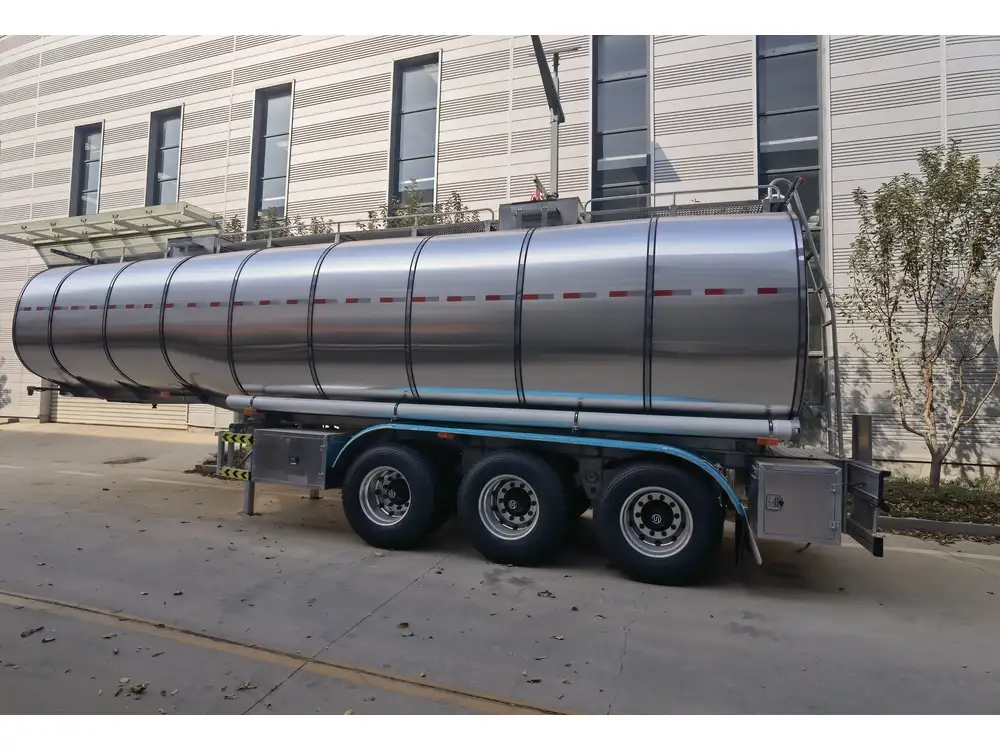
Step 2: Calculate the Payload Capacity
Payload capacity is the maximum weight the truck can carry, calculated as:
[ \text{Payload Capacity} = \text{GVWR} – \text{Tare Weight} ]Step 3: Add the Container and Cargo Weights
[ \text{Total Weight} = \text{Tare Weight} + \text{Container Tare Weight} + \text{Cargo Weight} ]Example Calculation
| Component | Weight (kg) |
|---|---|
| Tare Weight | 8,000 |
| 40-foot Container | 3,700 |
| Cargo | 22,000 |
| Total Weight | 33,700 |
Ensuring the total weight does not exceed the GVWR is essential for safe and legal operations.
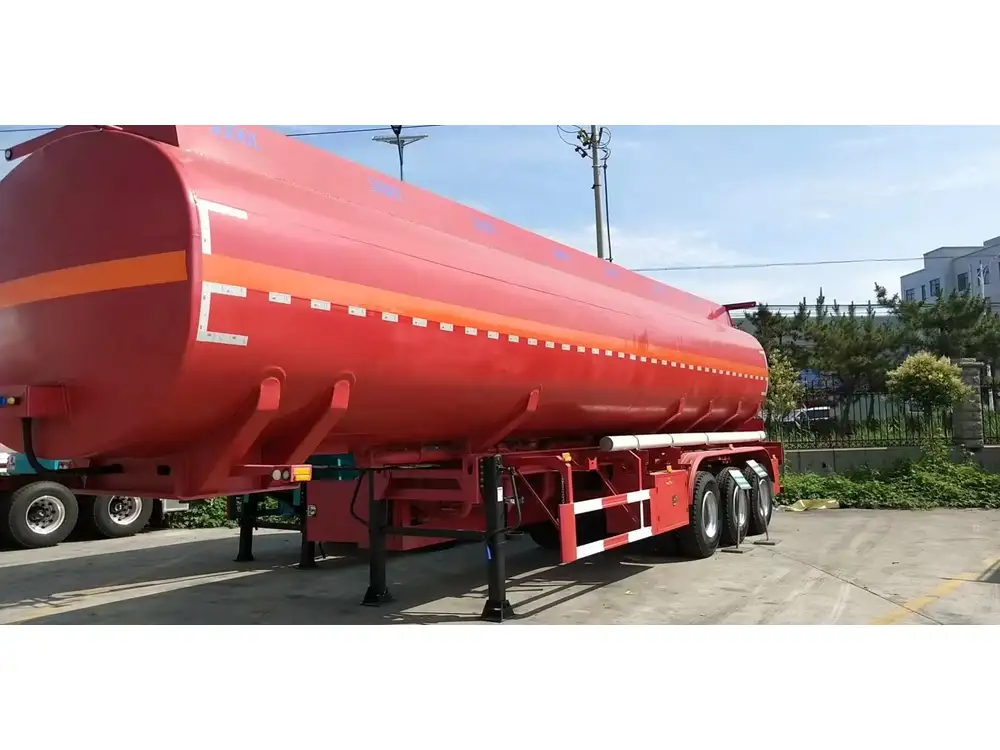
Navigating Legal Regulations on Container Truck Weight
Compliance with weight regulations is non-negotiable in transportation. Non-compliance can result in hefty fines, legal issues, and operational disruptions.
Federal and State Weight Limits
In the United States, weight limits vary by state and road type. Key limits include:
- Federal Bridge Formula: Determines axle weight based on the number and spacing of axles.
- State-Specific Limits: Some states allow higher weights on designated routes or for specific cargo types.
Permits for Oversized Loads
For loads exceeding standard weight limits, obtaining special permits is necessary. Requirements typically include:
- Route Planning: Identifying roads that can accommodate the load without causing damage.
- Escort Vehicles: Ensuring safety with additional support vehicles when transporting oversized or overweight loads.
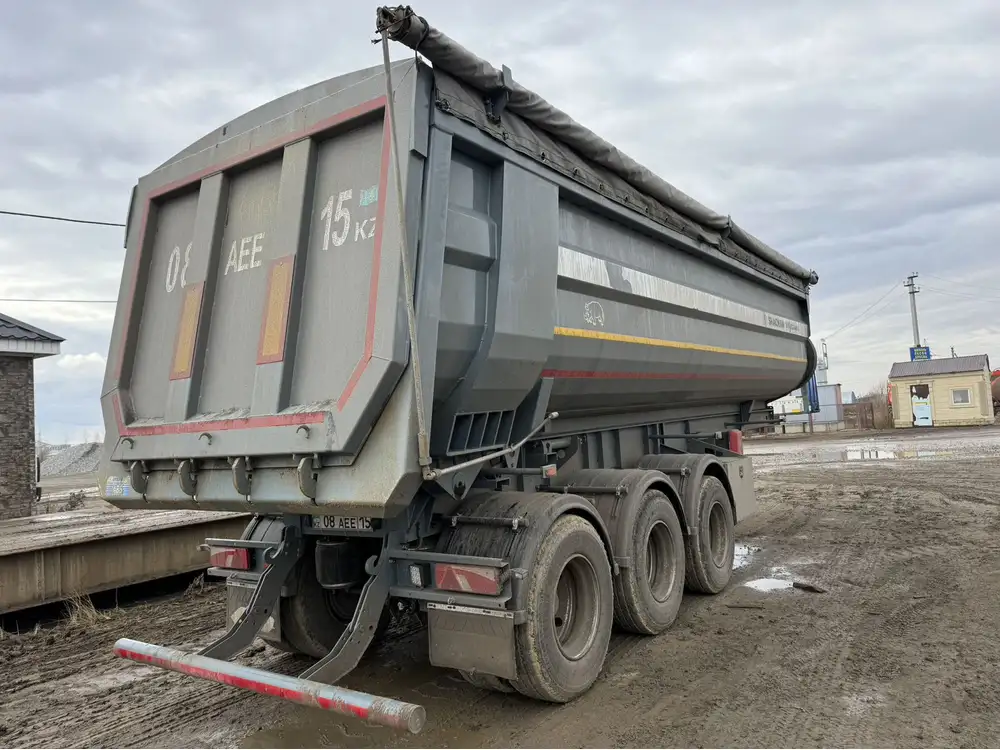
Penalties for Non-Compliance
Violating weight regulations can lead to:
- Fines: Substantial monetary penalties.
- Equipment Impoundment: Vehicles may be seized until compliance is achieved.
- Increased Inspection Frequency: Higher scrutiny on future operations.
Impact of Container Truck Weight on Performance
Effective weight management influences several performance aspects of container trucks:
Fuel Efficiency
Heavier loads demand more fuel, increasing operational costs. Optimizing weight can lead to significant fuel savings over time.
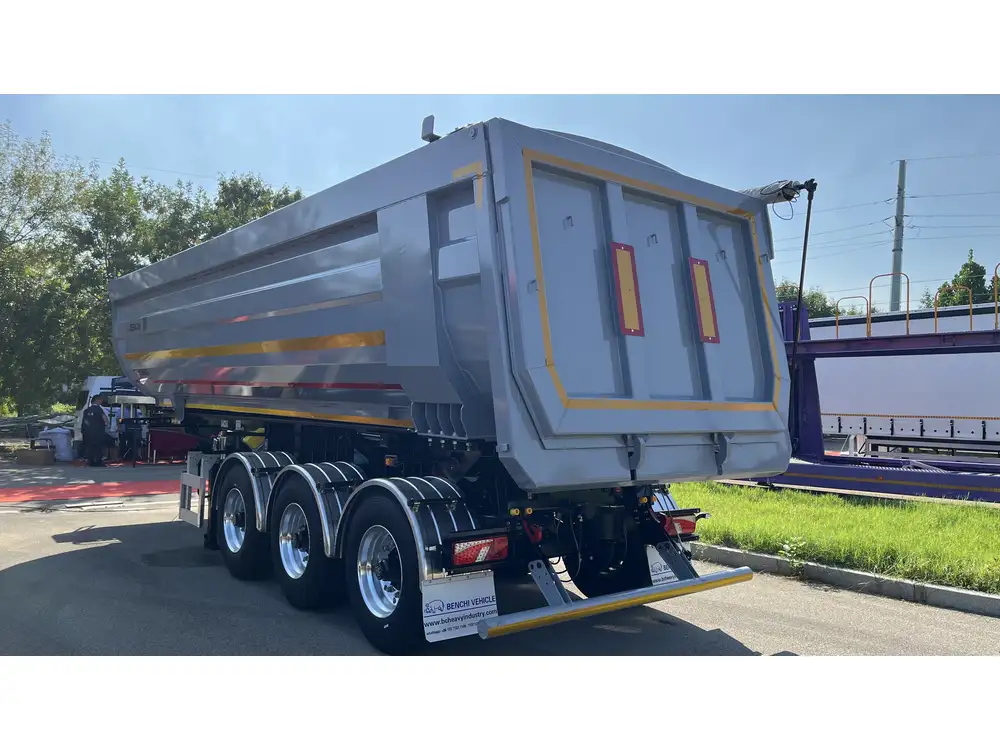
Handling and Stability
Proper weight distribution enhances vehicle handling, reducing the risk of rollovers and improving maneuverability.
Wear and Tear on Vehicle Components
Excess weight accelerates the deterioration of critical components such as brakes, tires, and suspension systems, leading to increased maintenance costs.
Best Practices for Managing Container Truck Weight
Implementing strategic practices ensures optimal weight management and operational efficiency.

Proper Loading Techniques
- Even Distribution: Spread weight evenly across the container to maintain balance.
- Secure Fastening: Prevent cargo from shifting during transit, which can affect handling and safety.
Regular Maintenance
- Scheduled Inspections: Regularly check vehicle components to identify and address wear and tear.
- Timely Repairs: Promptly fix any issues to maintain the truck’s weight-bearing capabilities.
Weight Distribution
- Axle Loading: Distribute weight across multiple axles to maximize payload capacity and comply with regulations.
- Balanced Cargo Placement: Position heavier items near the truck’s center to enhance stability.
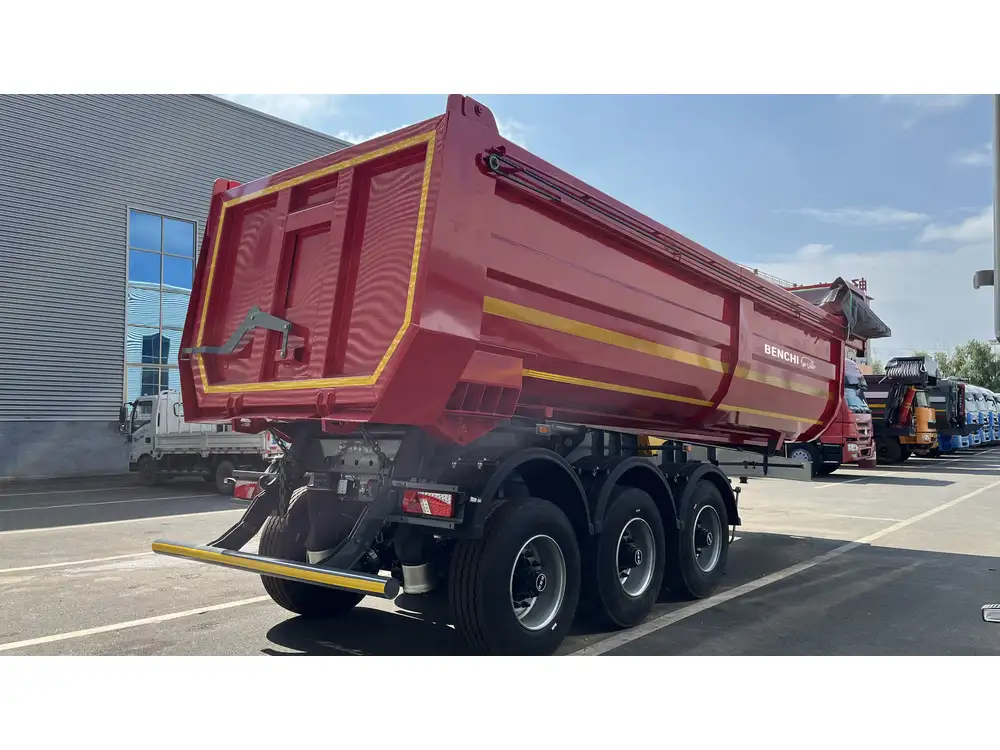
Innovations in Container Truck Weight Management
Advancements in technology and materials are transforming weight management practices in the transportation industry.
Advanced Materials
Lightweight yet durable materials reduce the truck’s tare weight without compromising strength, allowing for higher payload capacities.
Weight Monitoring Systems
Real-time weight monitoring systems provide continuous feedback on load distribution, enabling drivers to make necessary adjustments on the go.

Choosing the Right Trailer from CarMax Trailer
Selecting the appropriate trailer is integral to effective weight management. CarMax Trailer offers a range of solutions designed to optimize weight handling.
Features that Optimize Weight Management
- Lightweight Construction: Utilizing advanced materials to minimize tare weight.
- Enhanced Suspension Systems: Improving weight distribution and ride stability.
- Aerodynamic Designs: Reducing drag to enhance fuel efficiency.
Customization Options
CarMax Trailer provides tailored solutions to meet specific transportation needs, including:
- Specialized Container Attachments: Facilitating secure and balanced loading.
- Modular Designs: Allowing for easy adjustments based on cargo requirements.
- Integrated Technology: Incorporating weight monitoring and management systems for real-time insights.
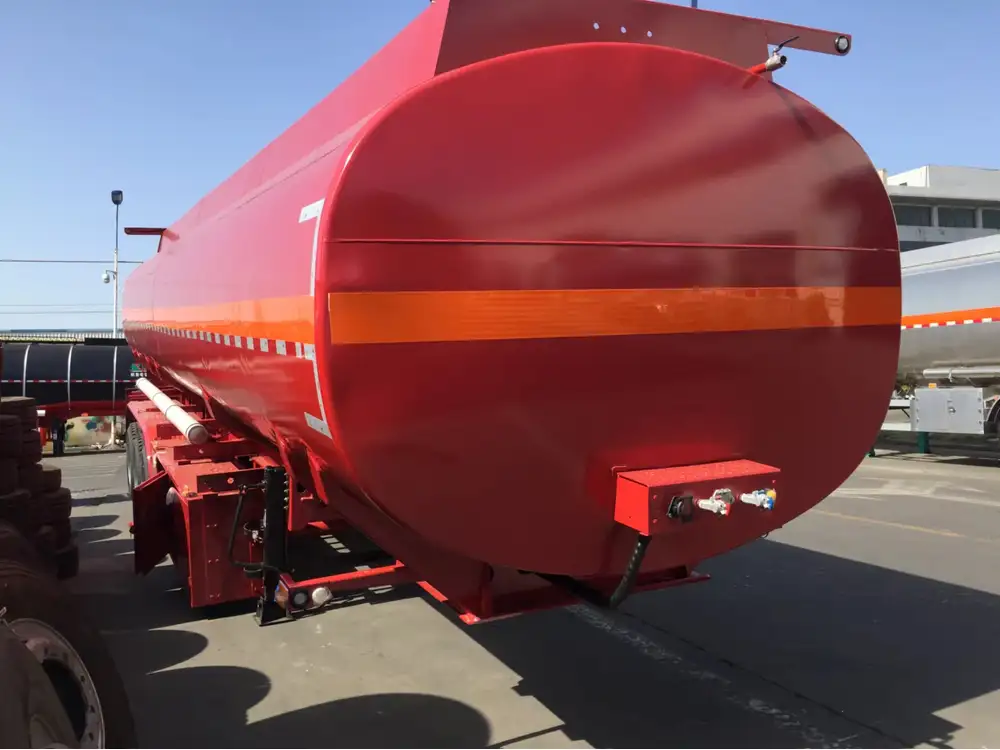
Comparative Analysis: CarMax Trailer vs. Competitors
To highlight the superiority of CarMax Trailer in weight management, consider the following comparison:
| Feature | CarMax Trailer | Competitor A | Competitor B |
|---|---|---|---|
| Tare Weight | 7,500 kg | 8,200 kg | 7,800 kg |
| Material Quality | High-grade aluminum | Standard steel | Mixed materials |
| Weight Monitoring Systems | Integrated, real-time | Optional, aftermarket | Not available |
| Customization Flexibility | Extensive | Limited | Moderate |
| Fuel Efficiency Enhancements | Aerodynamic design | Basic design | Standard design |
CarMax Trailer’s advanced features and customizable options make it the preferred choice for efficient weight management in container trucking.
The Future of Container Truck Weight Management
As the transportation industry evolves, so do weight management strategies. Future trends include:
- Autonomous Weight Adjustment: Leveraging AI to dynamically distribute weight during transit.
- Sustainable Materials: Developing eco-friendly, lightweight materials to reduce environmental impact.
- Enhanced Data Analytics: Utilizing big data to optimize loading patterns and predict maintenance needs.
Staying abreast of these innovations ensures that transportation companies remain competitive and efficient.
Conclusion
Effective management of container truck weight is essential for regulatory compliance, operational efficiency, and the longevity of your fleet. By understanding the factors influencing weight, adhering to best practices, and leveraging advanced technologies, transportation companies can optimize their operations and achieve sustained success. CarMax Trailer stands at the forefront of this evolution, offering superior trailers designed to meet the intricate demands of modern logistics.

Frequently Asked Questions (FAQs)
1. What is the maximum legal weight for a container truck?
The maximum legal weight for a container truck varies by country and region. In the United States, federal regulations generally allow a Gross Vehicle Weight Rating (GVWR) of up to 80,000 pounds (36,287 kg) for standard interstate trucking. However, specific states may have different limits, and oversized loads may require special permits.
2. How does container truck weight affect fuel consumption?
Heavier loads increase the energy required to move the truck, leading to higher fuel consumption. Efficient weight management, such as using lightweight materials and optimizing load distribution, can significantly reduce fuel usage and operational costs.

3. What are the consequences of exceeding the GVWR for a container truck?
Exceeding the GVWR can result in several negative consequences, including:
- Legal penalties and fines
- Increased risk of vehicle damage and accidents
- Higher maintenance and repair costs
- Reduced vehicle lifespan
4. How can I accurately measure the weight of my container truck?
Accurately measuring the weight of a container truck involves:
- Using certified vehicle scales to determine the total weight
- Calculating individual component weights, including the truck, container, and cargo
- Implementing onboard weight monitoring systems for real-time tracking
5. What features should I look for in a trailer to optimize weight management?
When selecting a trailer for optimal weight management, consider the following features:
- Lightweight construction materials, such as high-grade aluminum
- Advanced suspension systems for better weight distribution
- Integrated weight monitoring systems for real-time data
- Aerodynamic designs to reduce drag and improve fuel efficiency
- Customizable options to suit specific cargo and operational needs



